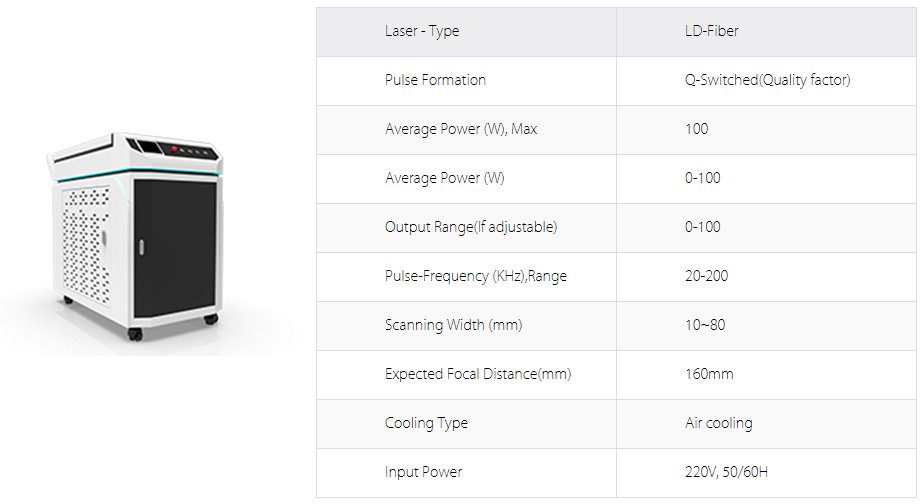
2021-12-24 14:24:55
Laser cleaning is a technology increasingly used for a variety of applications, including welding pre- and post-treatments, coating removal, and decontamination.
One of the first laser cleaning applications dates back to the early 1970s, when it was proposed for the conservation of artworks by J. F. Asmus and L. Lazzerini through a set of practical tests carried out in Venice on encrusted stone artifacts1—until now, lasers have been used on several unique artworks. Today, the drawings of Leonardo da Vinci on the walls of the Sala delle Asse-Castello Sforzesco (Milan, Italy) are still under restoration. Different laser sources by Quanta System (El.En Group) with emission at 1064 nm and a pulse duration between 10 ns up to 120 ns are being used (see Fig. 1).
After this first sector, the technology was applied to paint stripping from airplanes by J. F. Asmus and through the years has attracted interest from a wide range of industries. The main advantage is that it is an eco-friendly, cost-effective process typically used to remove rust, paint, grease, oxide, and other contaminants from molds and metal surfaces, without the need to involve hazardous chemicals or aggressive processes such as sandblasting, which can damage the underlying material. Market reports predict the global laser cleaning market will reach almost $745 billion by 2026 at a compound annual growth rate of around 4.3%.2 The three main market drivers include the need for automated cleaning processes brought about by miniaturization and Industry 4.0, which has prompted the need to offer adaptable systems that can be used across multiple parts and processes; automotive and aerospace manufacturers’ need for a fast and simple way to treat and clean composite parts before bonding to ensure the integrity of the frame’s structure; and the need for cleaning systems for increasingly small electronic components, such as connectors, insulators, pads, and semiconductors.
The technology
Laser cleaning is based on laser ablation—the process of removing material mainly from a solid surface by irradiating it with a laser beam. Every material is composed of different molecular bonds that determine a specific ablation threshold—that is, the energy required to overcome the binding energy of the contaminant layer and decompose it. To remove the contaminant layer, the energy from the laser must be above the ablation threshold of the particular material; in general terms, as the ablation threshold increases, so does the energy required to remove the contaminant. For efficient laser cleaning, the ablation threshold of the material to be cleaned should be consistently higher than that of the material to be removed.
The types of lasers used for ablation vary according to the contaminant, the composition of the underlying material, the treatment required, and the surface area that needs to be cleaned. For example, near-infrared pulsed lasers of a few tens of watts (or more) are used often because they are more efficient in reaching the ablation threshold than continuous-wave lasers. At the same time, especially short pulses have the further advantage of not heating up the surface to be cleaned.
Environmental and safety issues always accompany laser ablation, as lasers vaporize materials into fumes. In the case of an oxidized metal surface, for example, the oxide particles detach from the surface and create a highly compressed plasma (ionized gas out of equilibrium), which expands and creates a shock wave that then fragments and ejects the layer of pollutant into the atmosphere. For this reason, a fume extraction system is always needed near a laser cleaning system.
Despite these issues, numerous companies are developing laser cleaning technologies. More and more users are willing to commit to an initial investment to profit from the advantages of this technology for surface cleaning.
Gweike has developed a basic version of the laser cleaning machine, which solves most of the cleaning problems. If you only basically clean rust, paint or plastic, then this machine can fully meet your requirements. For technical information Please visit https://www.gweikecnc.com/product/153.html.
Article reproduced from laserfocusworld
